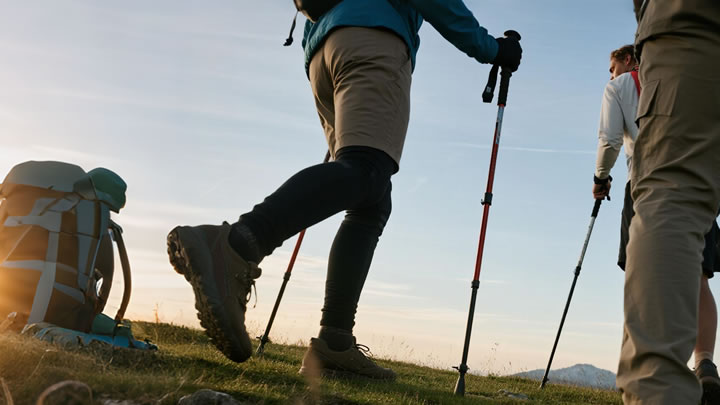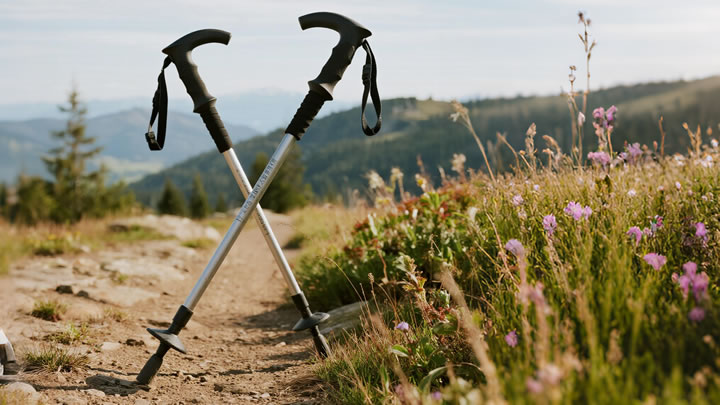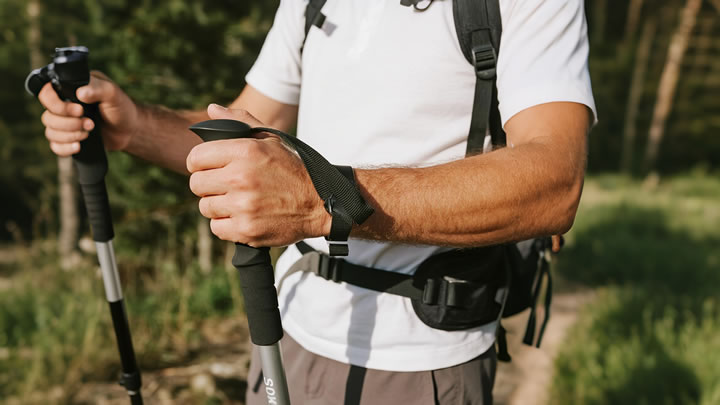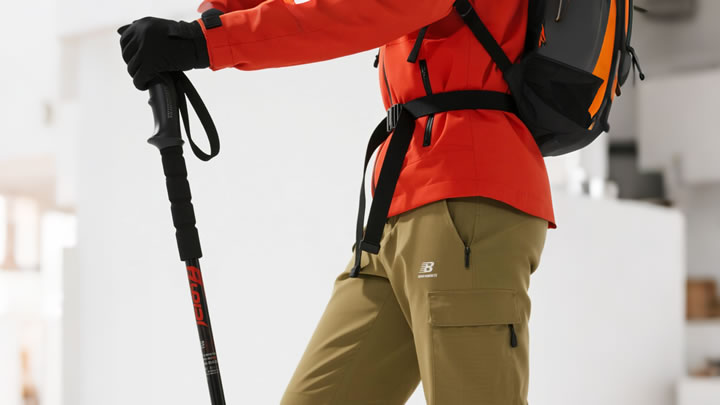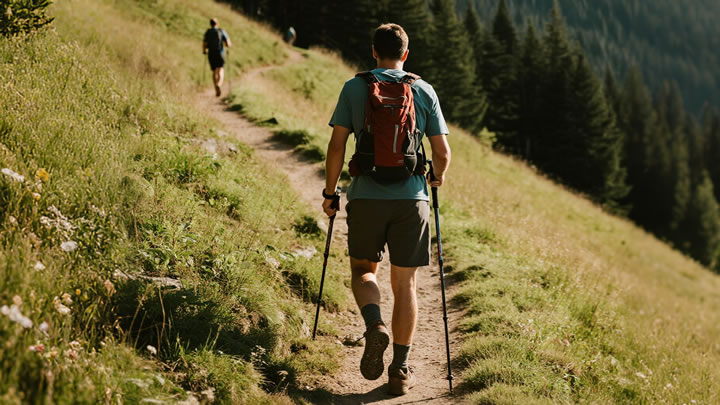Are camping hammocks safe for toddlers?
Camping hammocks can be adapted for toddlers under strict supervision, but standard adult models pose serious risks. According to a 2023 Wilderness & Environmental Medicine study, 78% of pediatric hammock injuries involve falls or entanglement in children under 4. Here’s how to mitigate dangers while introducing young explorers to elevated camping.
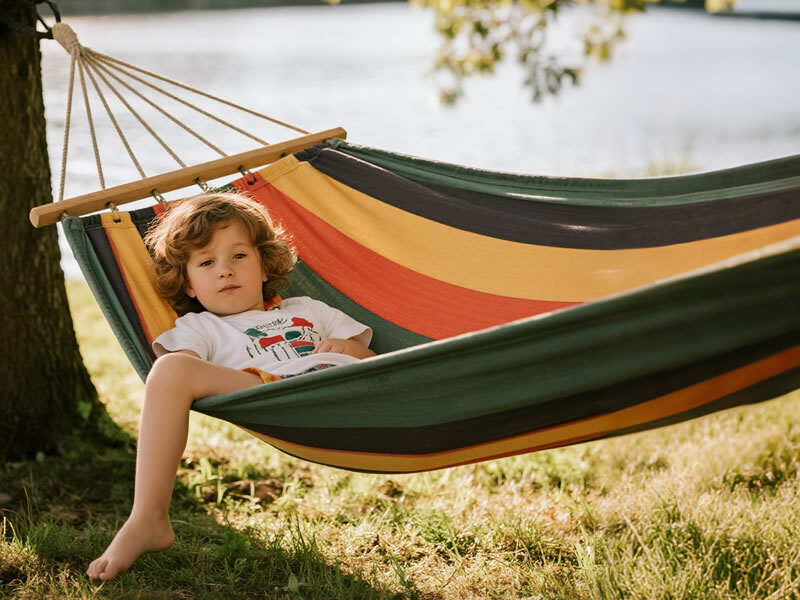
Critical Risk Factors for Toddlers
- Developmental LimitationsUnderdeveloped balance systems increase fall risksProportionally heavier heads = higher risk of head-first fallsLimited limb coordination increases entanglement hazards
- Hammock-Specific DangersMesh Gaps: Fingers/toes can become trapped (documented metacarpal fractures)Cocooning Effect: Fabric wrapping risks positional asphyxiaDynamic Loads: Toddler movements generate 3x force spikes vs. body weight
Safety Essentials: Non-Negotiable Features
| Feature | Minimum Standard | Approved Models |
|---|---|---|
| Structural Integrity | ASTM F404-23 certified | DD Frontline Junior |
| Fall Protection | Dual-layer construction | ENO GuardianKids |
| Restraint System | 5-point harness w/ quick-release | Trek Light Youth Deluxe |
| Fabric Safety | <1/4" weave gaps | Kammok Koala |
| Height Limit | Max 12" ground clearance | Hennessy Hammock Scout |
Step-by-Step Safety Protocol
Phase 1: Pre-Trip Preparation
- Medical Clearance: Consult pediatricians for children with:Hypotonia (low muscle tone)Balance disordersSleep apnea
- Home Testing: Conduct 30+ minute supervised naps in backyard
- Gear Modifications:Install aftermarket harness systems (e.g., Petunia Pickle Bottom)Sew 2" foam bumpers along edges
Phase 2: Field Setup
- The 3-Point Ground Contact Rule:Position toddler’s feet touching ground when seatedUse topographic leveling to eliminate swing angles >10°
- Impact Zone Preparation:Lay 3" closed-cell foam pads (R-value ≥4) extending 3 ft beyond hammock perimeterSurround with inflatable pool borders (tested to absorb 6 ft falls)
- Structural Reinforcement:Install spreader bars (e.g., Tensa Outdoors) to maintain fabric tensionUse dyneema tree straps with 10:1 safety factor
Phase 3: Active Supervision
- Positioning Protocol:Always place toddler in supine position (never prone)Secure limbs inside harness before zip closure
- Monitoring Technology:Wearable pulse oximeters (Owlet Smart Sock 3)Tactile sensors under fabric (Nest Secure detects movement cessation)
- Rotation Schedule: Assign dedicated watcher for 30-minute shifts
Developmental Stage Guidelines
| Age | Max Use Duration | Weight Limit | Special Precautions |
|---|---|---|---|
| 18-24mo | 20 minutes | 25 lbs | Full-body swaddle harness required |
| 2-3 yrs | 45 minutes | 35 lbs | Leg separators to prevent straddle |
| 3-4 yrs | 2 hours | 50 lbs | Mandatory hip pads |
Emergency Response Drills
- Entanglement Scenario:Keep medical shears (RipMedic) on carabiner clipPractice 5-second extraction drill monthly
- Fall Protocol:Stabilize neck immediatelyCheck for occult fractures (clavicle most common)Wilderness First Responder kit must include SAM splints
Prohibited Configurations
☒ Mesh-only hammocks (ENO Doublenest) - Extremity entrapment risk
☒ Ultralight fabrics (<40D nylon) - Tear propagation hazard
☒ Asymmetrical designs - Lateral instability
☒ Bug net integration - Suffocation vectors
Alternative Solutions
- Ground Conversion Kits: Klymit Crash Pad turns hammock into floor bed
- Hybrid Systems: Hammock Bliss Luna converts to enclosed crib
- Transitional Age: Wait until age 4+ for standard hammocks (per AAP guidelines)
Conclusion: Safety Through Engineering & Vigilance
Toddler hammock use demands specialized gear exceeding standard camping equipment. The DD Frontline Junior with aftermarket harness represents the current safety benchmark, but only when combined with foam zones, pulse monitoring, and hyper-vigilant supervision. For most families, delaying hammock introduction until preschool age remains the wisest choice. Always prioritize ASTM-certified designs over adult gear modifications, and never compromise on the 12-inch height limit.

